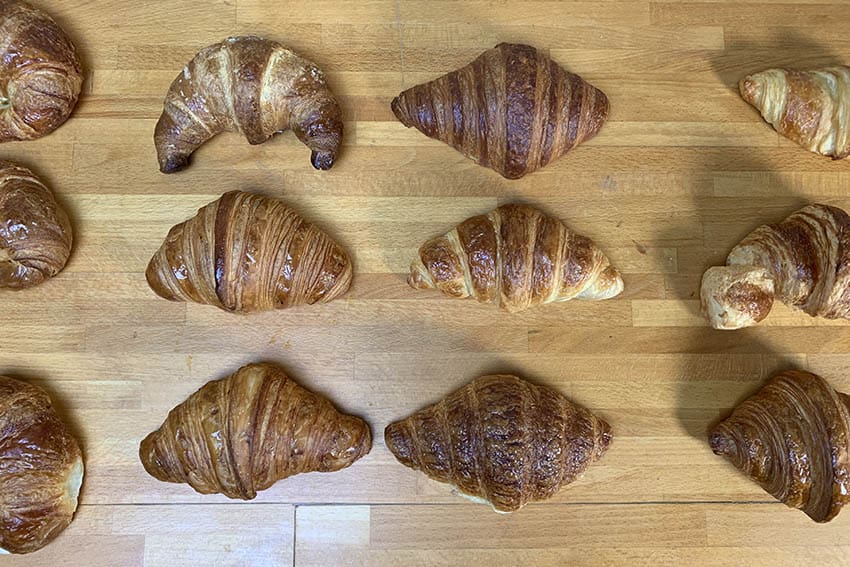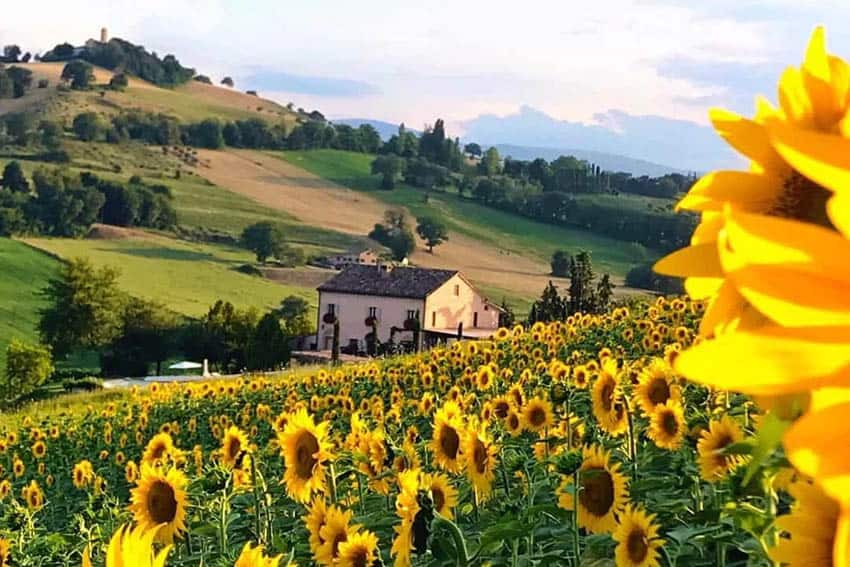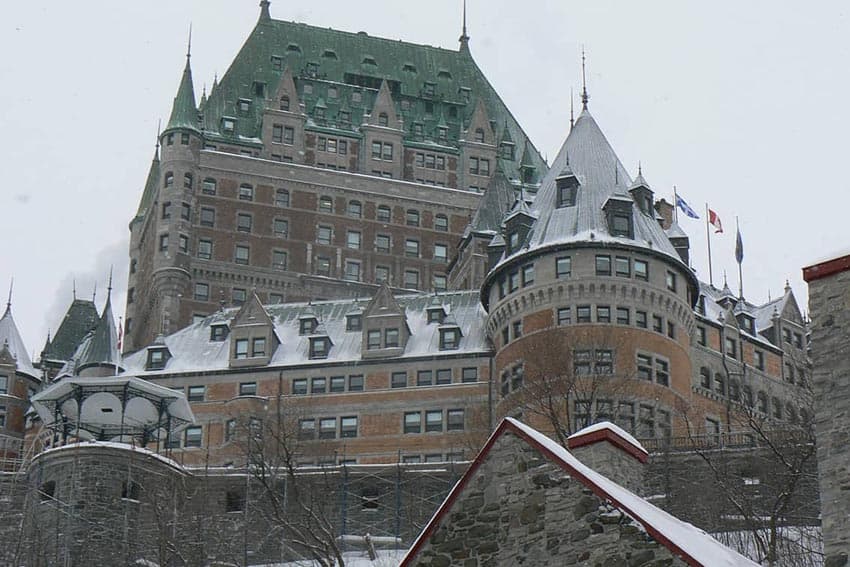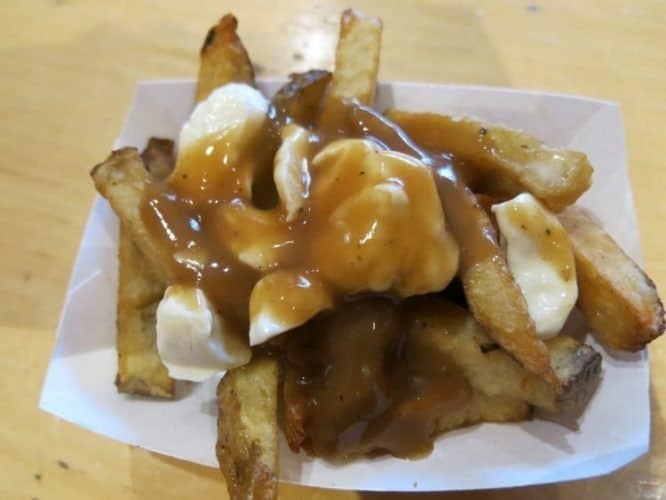
Eating Our Way through Quebec City
A True Foodie Town with a lot more than Poutine!
By Margie Goldsmith

“Eating should be important because it’s half of our life,” says our guide as we start out on a food tour of Quebec. My husband and I have come here for a few days of the annual Festival d’été de Québec (summer music festival), an event that takes place for eleven days on ten stages with 300 shows.
We listen to music at night, and spend our days exploring Old Quebec, a UNESCO World Heritage Site and one of the most romantic cities in the world.
We’ve walked up and down the city’s staircases (including one called Casse Cou or Breakneck Staircase), shot endless photos of Château Frontenac (the city’s iconic castle-hotel (and purportedly the most photographed hotel in the world); we’ve taken a 90-minute St. Lawrence River boat cruise where a bilingual guide dressed up as Louis Jolliet pointed out the 270-foot high Montmorency Falls (98 feet higher than Niagara Falls) and Île d’Orléans, one of the first parts of the province colonized by the French.
Learning History the Easy Way
Jamie and I like to discover and explore things on our own, but we have limited time and we’ve chosen tours because we know we’ll see and learn much more with experts. Yesterday we also took an historical walking tour and learned that Quebec is the only walled city north of Mexico; the French built the walls in 1745 because an attack by the British was imminent; Quebec means, “Where the river narrows;” Canada was originally Canata (an Algonquin word for “village”); and “Canadians” were French people who didn’t plan to return to France.
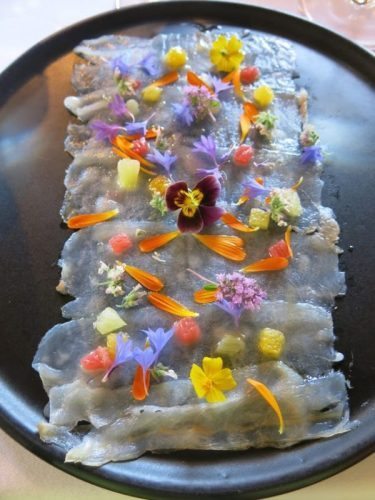
Today, we’ve joined Judith, a tour guide from Tours Voir Quebec on rue Ste Anne, just below the Château Frontenac, which, she points out, was the first hotel in Quebec to have a chef’s rooftop herb garden and aviary. Panache Restaurant (inside the exquisite an historical Auberge Saint Antoine) where we ate lunch yesterday also has a rooftop organic garden.
Their smoked monkfish Carpaccio with citrus and hazelnut oil was topped with beautifully arranged fresh herbs and edible flowers, and was the best carpaccio I’ve ever had in my life. Last night’s dinner at Le 47e Parallèle, was also a gourmet feast: savory breasts of quail soaked in maple and miso and spaghetti squash followed by fresh cod, calamari fritto and hummus.
A Foodie Port Town Heavy on Seafood
With their French origins, it’s easy to see why Quebec is such a foodie town. The first stop on our food tour is La Cremalliere, where we taste salmon tartare. The restaurant is housed in an elegant historic home built by the Ursalines, one of Quebec’s oldest institutions, whose convent built in 1642, is still in operation.
La Cremalliere is posh and formal, the tables set with linen tablecloths and fine stemware, and with contemporary art on every wall. Judith says that the second floor, too, is wall-to-wall art and the art on both floors is for sale. “Drink enough during your meal, and maybe you’ll buy art on your way out,” she jokes.
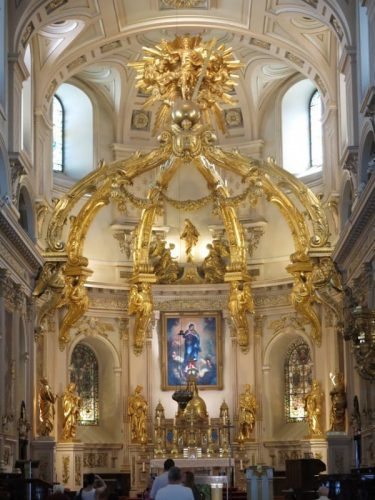
Wild Boar and Maple Syrup
Tournebroche which means rotisserie, our next stop, has a roof garden where they grow vegetables and fruits and have beehives. The restaurant is plain and doesn’t look like much more than an up-scale Manhattan coffee shop, but when I taste the succulent wild boar rillette with fresh cranberry sauce (the boars are from Charlevoix, Quebec), I don’t care that the place isn’t fancy – I am here for the food.
They make their own bread, pastries, ketchup and mayonnaise). We wash down the rillette with a white Quebec wine called “William” and then we’re off to our next stop. (Food tours are excellent if you want to experience many types of food in one day, but don’t expect to spend much time in any one place).
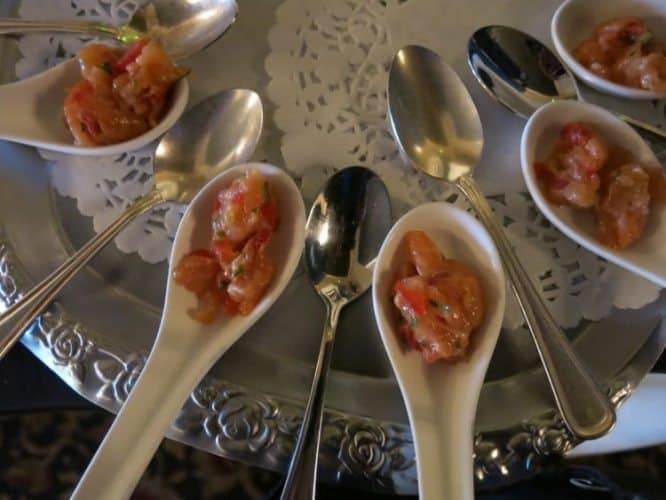
And now for something sweet: les Délices de l’Érable (Canadian Maple Delights) is a combination bistro/museum/maple product store. The indigenous people of Canada first collected maple syrup by tapping into the trees until the French arrived with iron buckets, heated the sap and boiled off the water. Horses once hauled the buckets to the sugar shacks,but today, tubes run directly from the trees. Three types of maple trees (silver, red and sugar maple — Canada’s symbol) all produce sap.
Depending on the time of year, the syrup comes in shades of light, medium and dark (known as amber). First we try a maple spread (often put on bread or used in marinades), then we taste light and amber syrup; next, we taste a heavenly cocktail of maple syrup with Grand Marnier, and finally, try a maple waffle dipped in maple tea – delicious.
Poutine, Québécois comfort food
There are still two more stops. Next door to a small tattoo shop is a funky fast-food joint, Snack Bar Saint Jean. The specialty here is Poutine, the iconic Canadian comfort food (pronounced pooTIN). This Quebec invention, a mix of French fries, fresh white cheddar cheese curds and fresh gravy (made without meat) is so popular it’s on high school cafeteria menus.
Almost 60 years ago, a trucker walked into a restaurant with the intention of buying fries, but saw cheese curds on the counter and asked the chef to mix the two ingredients together. The chef called the combination a “poutine” (mess) and sold it for 35 cents.
The dish was a hit. Eight years later, the chef added thick hot gravy (which melted the cheese) and raised the price to 60 cents. I expect to hate the combination (I am not a gravy lover), but it’s as good as French fries, maybe even better, because of the cheese.
Organic Wine, Crepes, and Chocolate
We continue on to Le Moine Echanson (which translates as the monk wine waiter), an eight-year-old hole-in-the-wall wine bar/restaurant. Four times a year the owner imports organic wines from different regions and serves them with a daily-changing menu listed on a chalkboard.
There’s no wine list: your waiter or waitress asks questions to determine your preference and then choose your wine for you.
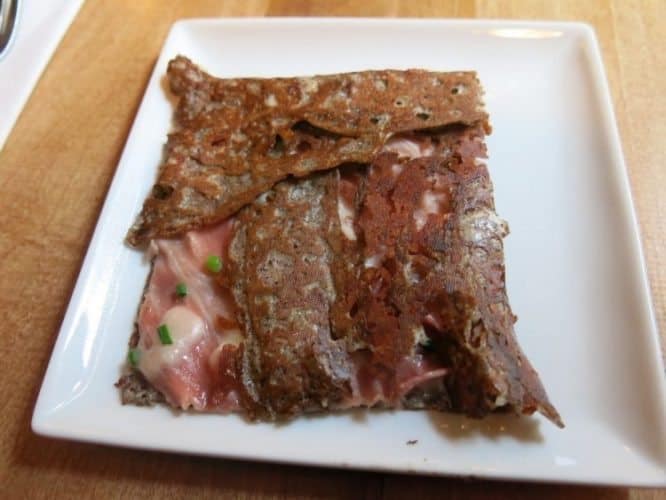
The focus is on the Mediterranean and they offer many wines from Portugal and Spain and a menu of vegetables, fresh fish and seafood. Our waiter pours us a blend of Sevval and Chardonnay and serves us a delicious crab fritter.
Crepes!
This being Quebec, no food tasting would be complete without a crepe. At Le Billig Creperie-Bistro (billig means “cheap” in German) we taste a ham and cheese Crêpe Breton (whose flour is made made with no gluten). The crêpe, (which means flat cake) originated in Brittany.
The French arrived in Canada with their own glutonless flour which they still use today.
We down the gooey delicious crepe with alcoholic apple cider before moving on to our last stop, Eric’s Chocolat Frais to sample both a banana caramel chocolate and a dark spiced one. Judith pints out that chocolate is great for strength and energy – a good thing, because an entire evening of the Music Festival await!
- Peru: Searching for Mummies in the Cloud Forest - September 14, 2023
- Quebec City: A Foodie’s Paradise - February 13, 2016
- The Spacious Ballantyne Hotel in Charlotte NC - January 7, 2016


